NASA Astronomy Picture of the Day 27 January 2023: Green Comet ZTF lights up the sky
NASA’s Astronomy Picture of the Day is a stunning snapshot of the Rare Green Comet ZTF crossing the orbital plane.
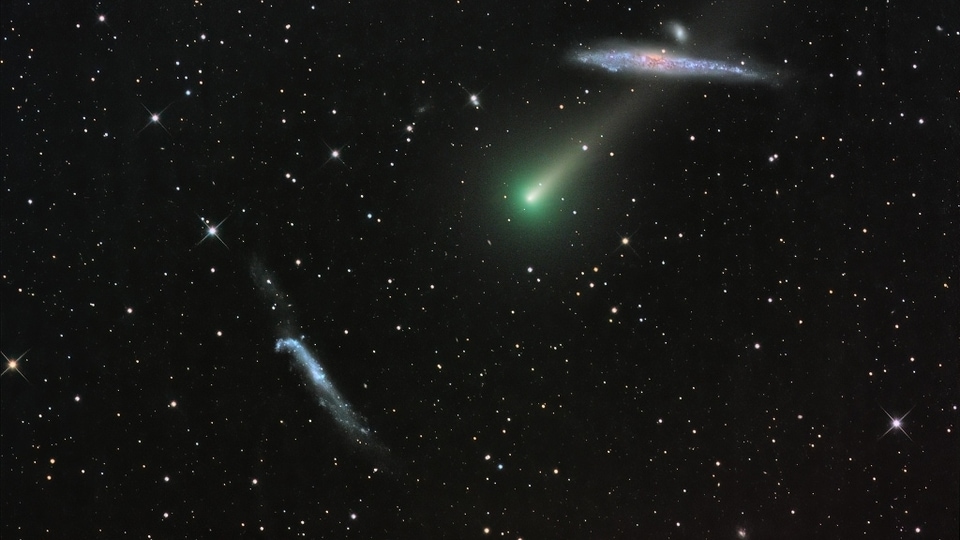
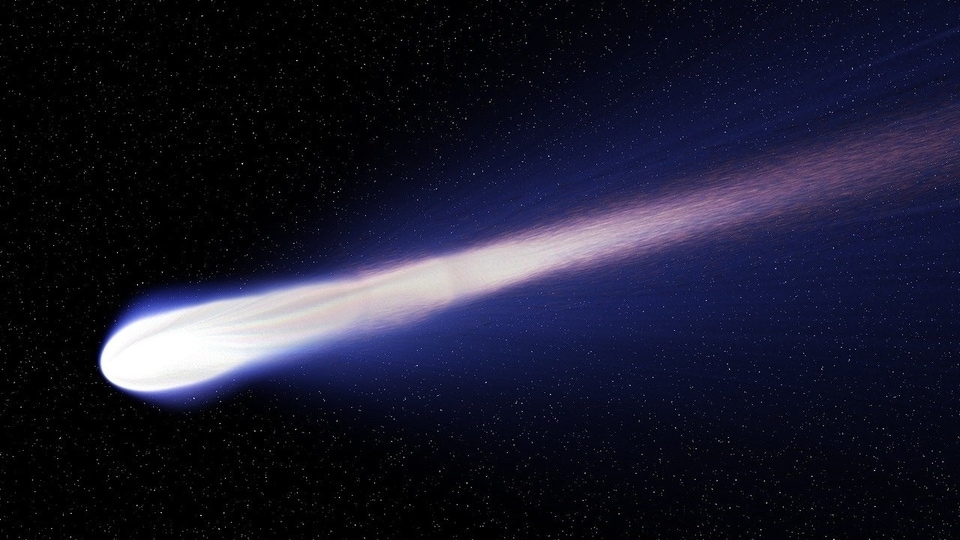
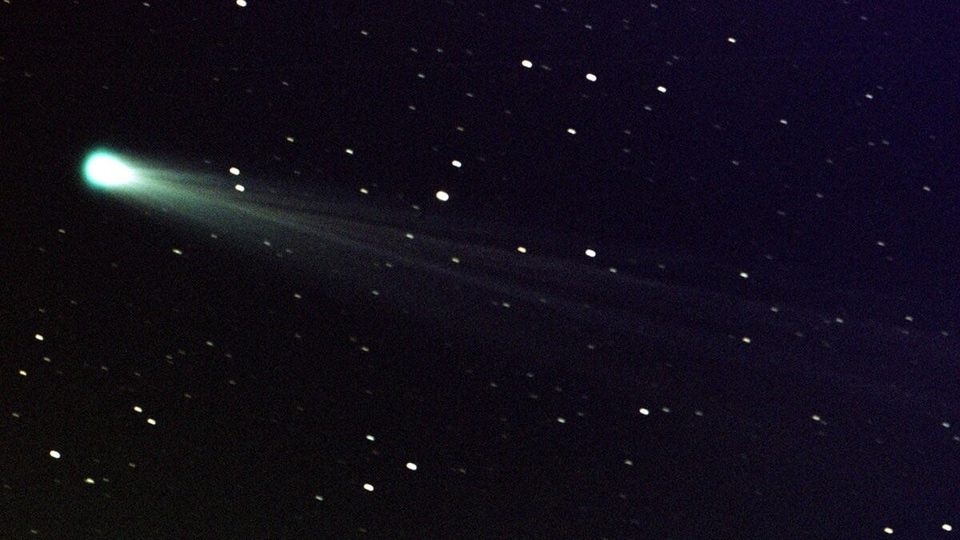
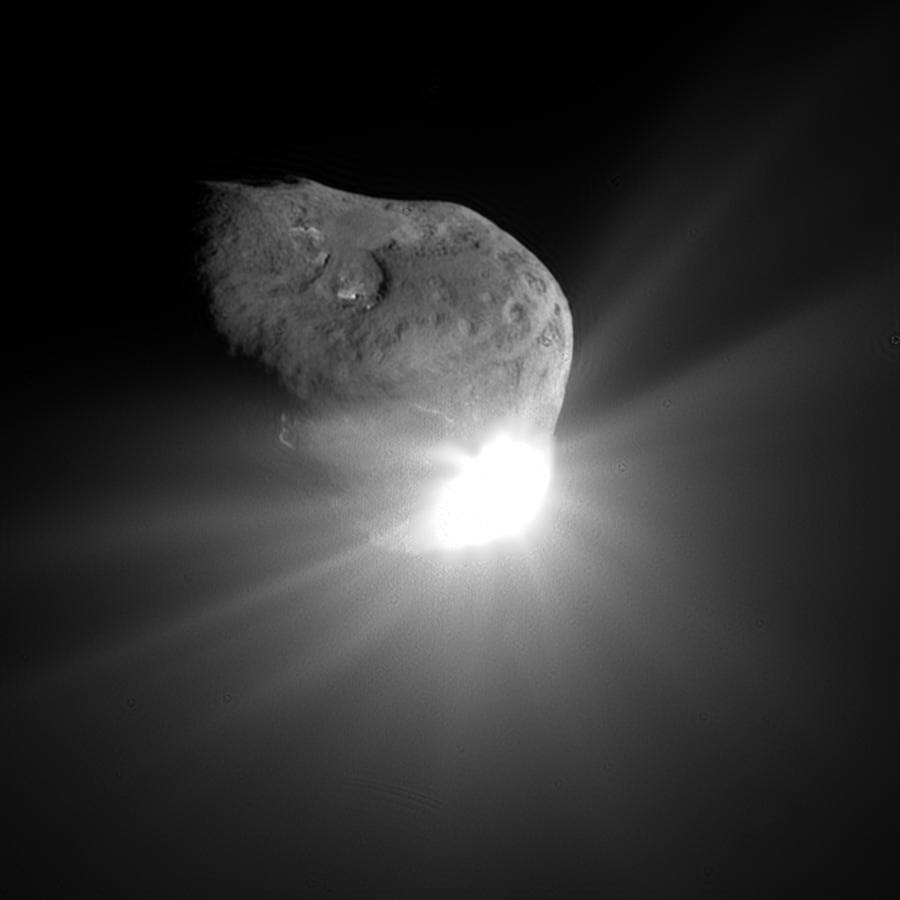
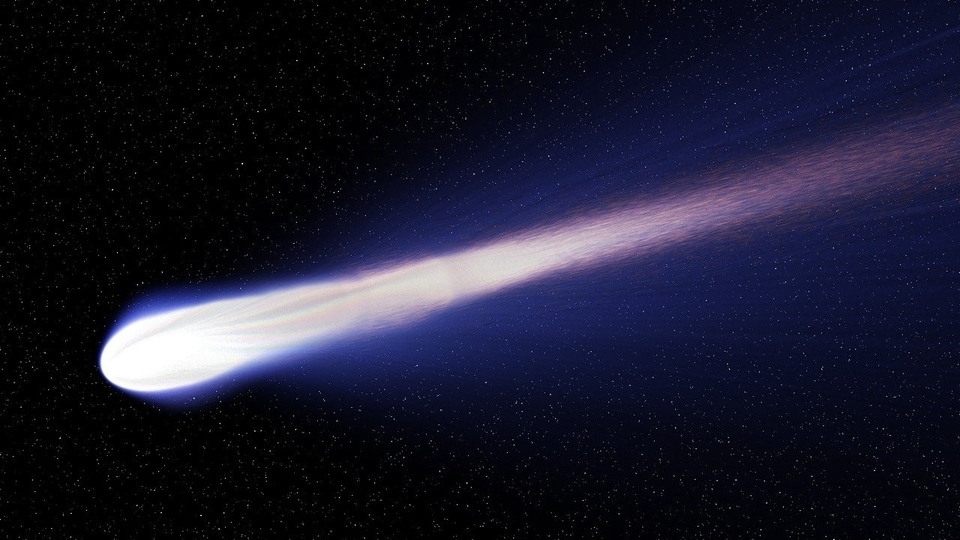
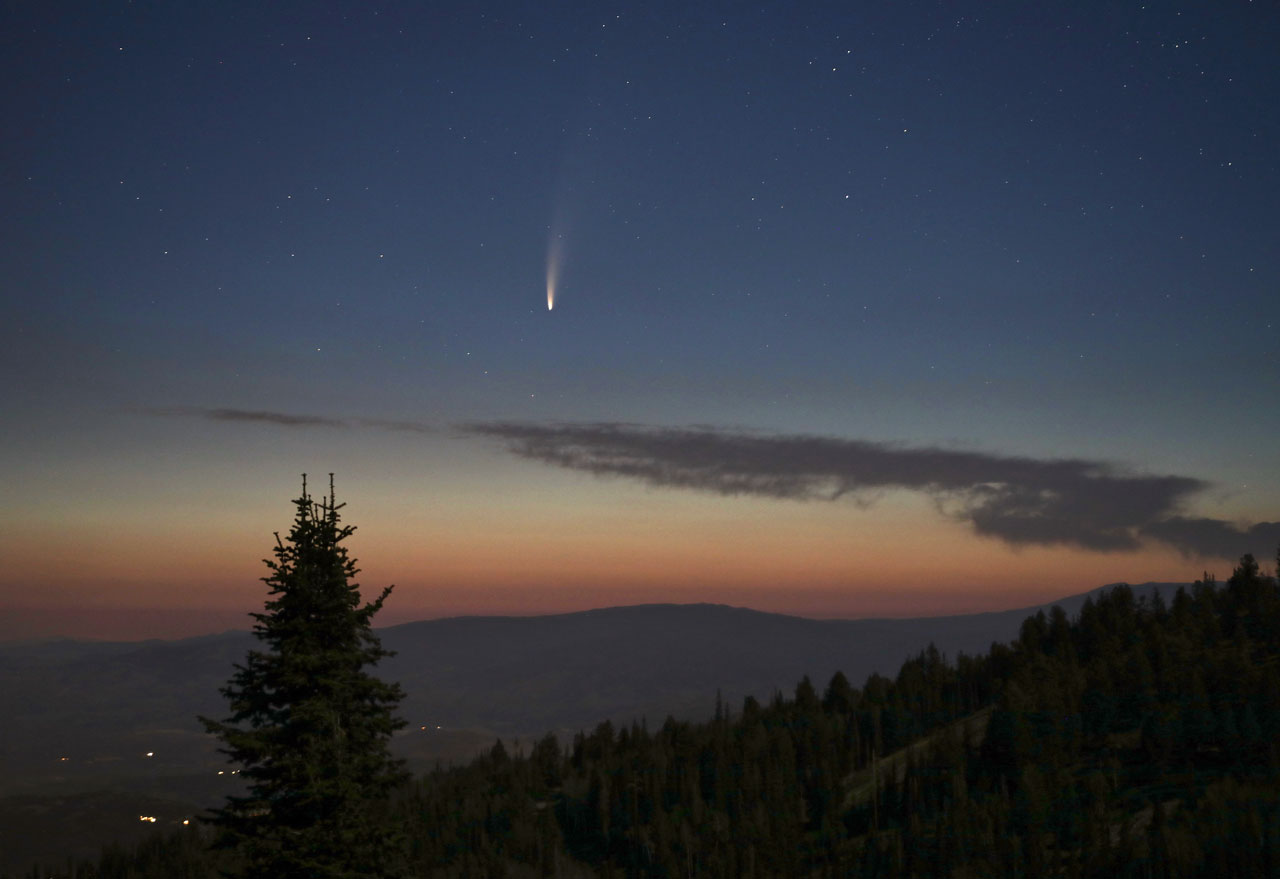
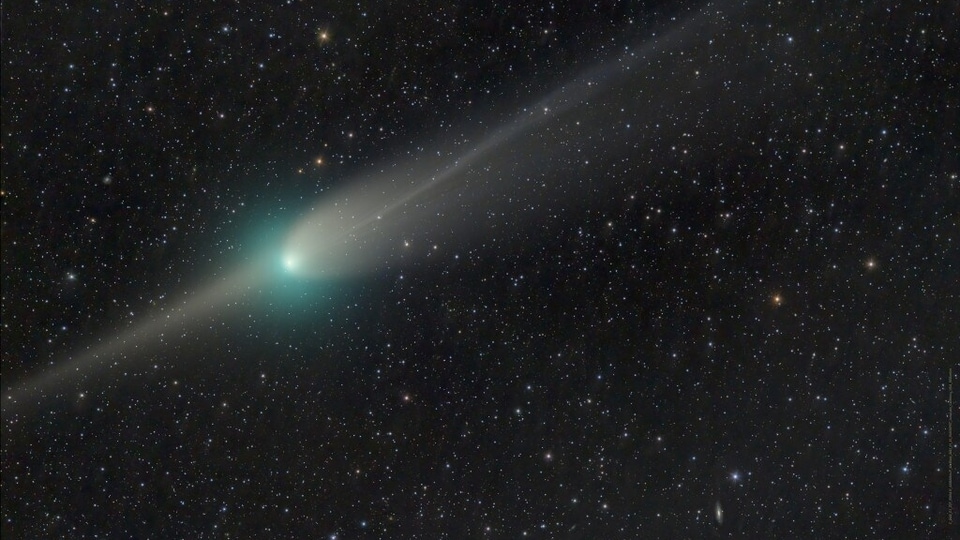
 View all Images
View all ImagesComets are of interest to scientists because they are remnants of the early Solar System, and can tell us about the conditions and composition of the early Solar System. When a comet approaches the Sun, the heat causes the ices in the comet to turn into a gas, which surrounds the nucleus of the comet in a bright coma. The gas and dust in the coma form a bright tail that always points away from the Sun. The Earth will soon get to witness a historic moment. An extremely rare comet named Comet C/2022 E3 (ZTF), which last visited us when humanity still lived in caves, is going to pay us a visit.
The comet has a period of around 50,000 years, meaning the last time it flew past Earth closely, it was witnessed by Neanderthals during the Upper Paleolithic period on Earth, although we're not sure they would've known much about it. NASA's Astronomy Picture of the Day is a stunning snapshot of the Comet ZTF crossing the orbital plane. The comet has been glowing brighter in recent days as its closest approach to the planet will occur soon. NASA says that on a voyage through the inner Solar System comet C/2022 E3 will be at its closest distance to Earth on February 1.
The image was captured by Dan Bartlett from a dark sky location at June Lake, California.
NASA explains
The current darling of the northern night, Comet C/2022 E3 ZTF is captured in this telescopic image from a dark sky location at June Lake, California. Of course, Comet ZTF has been growing brighter in recent days, headed for its closest approach to Earth on February 1. But this view was recorded on January 23, very close to the time planet Earth crossed the orbital plane of long-period Comet ZTF.
The comet's broad, whitish dust tail is still curved and fanned out away from the Sun as Comet ZTF sweeps along its orbit. Due to perspective near the orbital plane crossing, components of the fanned-out dust tail appear on both sides of the comet's green tinted coma though, to lend Comet ZTF a visually striking (left) anti-tail. Buffeted by solar activity the comet's narrower ion tail also streams away from the coma diagonally to the right, across the nearly three-degree wide field of view.
Catch all the Latest Tech News, Mobile News, Laptop News, Gaming news, Wearables News , How To News, also keep up with us on Whatsapp channel,Twitter, Facebook, Google News, and Instagram. For our latest videos, subscribe to our YouTube channel.































